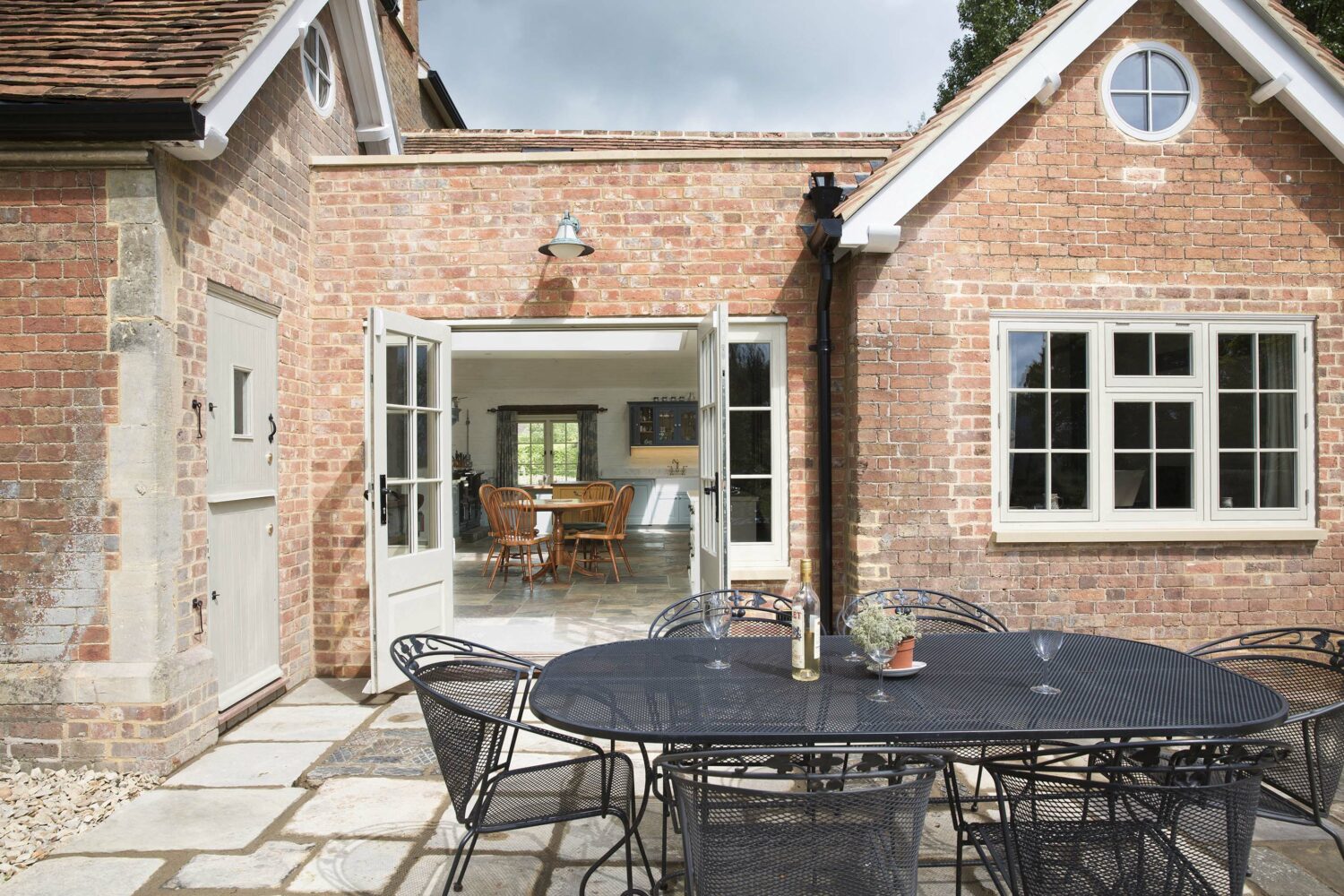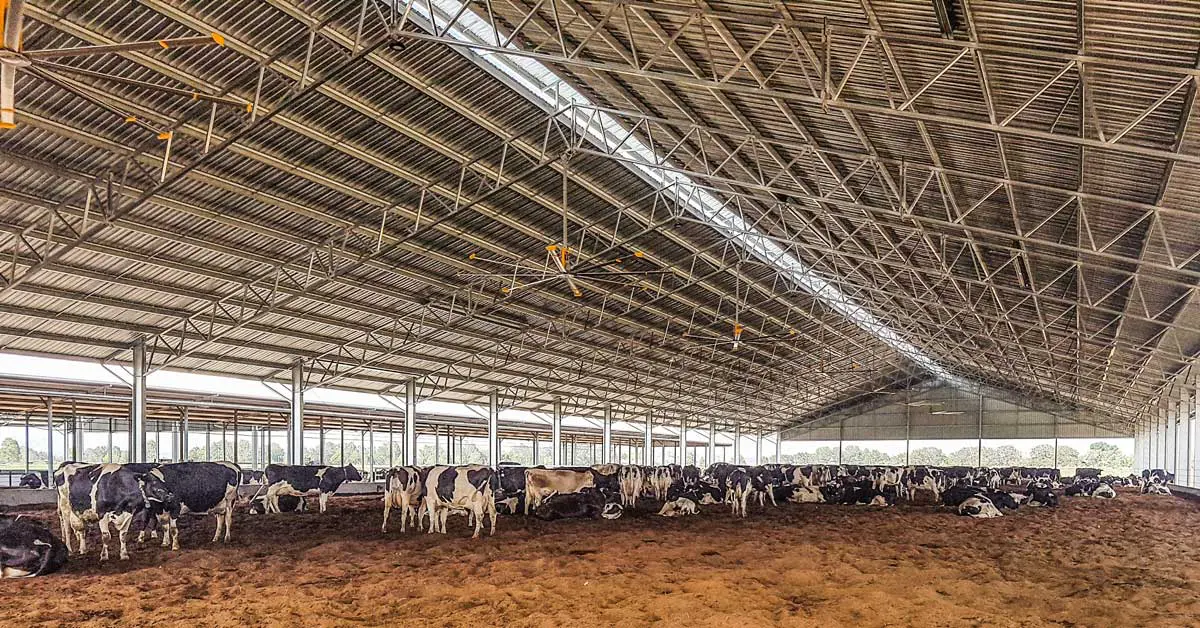

This issue might be avoided in north-south-oriented barns if feed bunks are positioned on the outer sides of the barn rather than in a drive-through layout.Īdditional lighting considerations: The challenges related to light intensity can also be partially addressed with eave overhangs. Thus, an east-west orientation is recommended when constructing a new compost-bedded pack barn. Of course, there are times of the day when light can be problematic for every orientation however, the east-west orientation results in a much lower percentage of the day during which the lighting intensity could affect cow distribution.īunching behavior in compost-bedded pack barns is much more common and more pronounced in north-south-oriented barns than in east-west-oriented barns. Cows are much more sensitive to subtle differences in light intensity than humans are, and cows associate dark with shade.


With an east-west orientation, the sun moves over the top of the barn throughout the day, whereas with a north-south orientation, the sun moves over the broader sides of the barn, creating more light intensity in the cows’ resting or eating areas.ĭuring heat stress conditions, cows will move away from areas with more light and move toward darker parts of the barn ( Figure 3). An east-west orientation allows for the least sunlight penetration into a barn and, as such, is highly recommended for compost-bedded pack barns. Anything we can do to lower heat stress or reduce the fly population may also decrease the instances of bunching behavior.īarn orientation and light: Barn orientation has a significant impact on the natural light patterns within a dairy barn. Another potential contributing factor to bunching behavior in compost-bedded pack barns is the effect of pack heating on resting behavior.Īlthough the surface temperature of a compost-bedded pack barn is within a few degrees of ambient temperature, how compost heating affects lying behavior in hot, humid environments is unknown. General heat stress, flies, light and air often lead to bunching behavior. In the case of heat stress, this response is misguided, as it often worsens heat stress because of the increased body heat created when cows are in such close proximity to each other.īunching behavior is more extreme and noticeable in compost-bedded pack barns because there are fewer physical restrictions separating the cows from each other. In the wild, cows are prey animals, and bunching together protects them from predators. This behavior, which occurs almost exclusively during conditions that can lead to heat stress, is thought to be an evolutionarily engrained response to stress in general. In extreme situations, cows may only use 10–20% of the provided space ( Figure 2). Bunching behavior can be observed when cows gather or bunch together in a particular part of the barn and avoid the remaining areas of the barn. As an industry, we have learned a great deal about what makes these barns either successful or unsuccessful over the last decade, as many of the challenges and failures observed are related to sub-optimal lighting and air flow.īunching behavior: Problems with light or air often result in bunching or grouping behavior within all dairy facilities, but this issue is exacerbated in compost-bedded pack barns. However, to achieve the desired results, compost-bedded pack barns must be constructed and managed correctly ( Figure 1). Compost-bedded pack barns provide excellent cow comfort, allowing cows to lie down easily and rise without stall restrictions.

In the United States, most compost-bedded pack barns use sawdust or wood shavings as a source of carbon to mix with the manure to achieve the carbon-to-nitrogen (C-N) ratio needed for composting. Stirring the bedding two to three times a day is recommended for optimal composting. What differentiates a compost-bedded pack barn from a traditional-bedded pack barn is that the bedding is tilled or stirred frequently to enhance the microbial activity that leads to composting and the drying of bedding. Compost-bedded pack barns are loose housing barns that rely on composting manure and organic bedding to provide resting space. Air and light considerations for compost-bedded pack barnsĬompost-bedded pack barns have grown in popularity in many areas of the world as an alternative to stall-based housing systems for dairy cows.


 0 kommentar(er)
0 kommentar(er)
